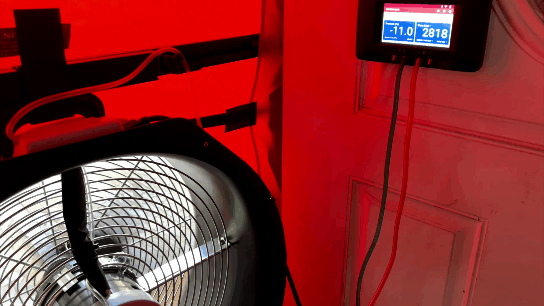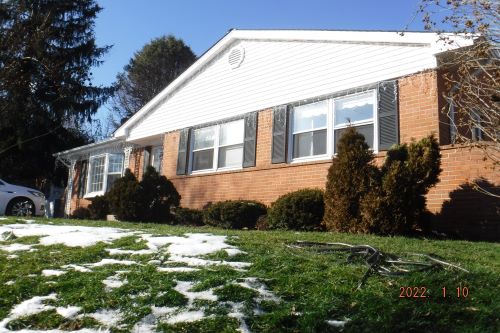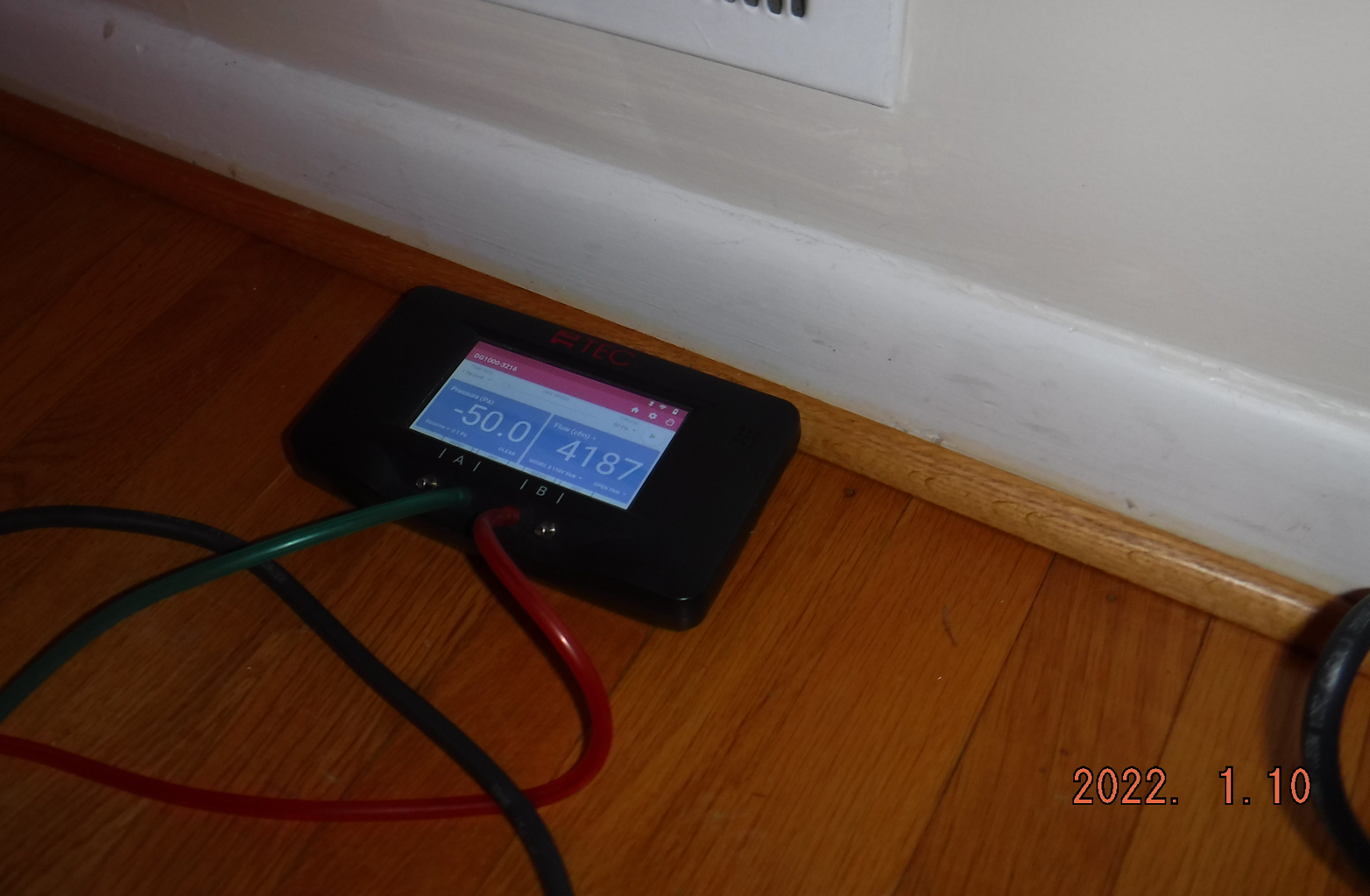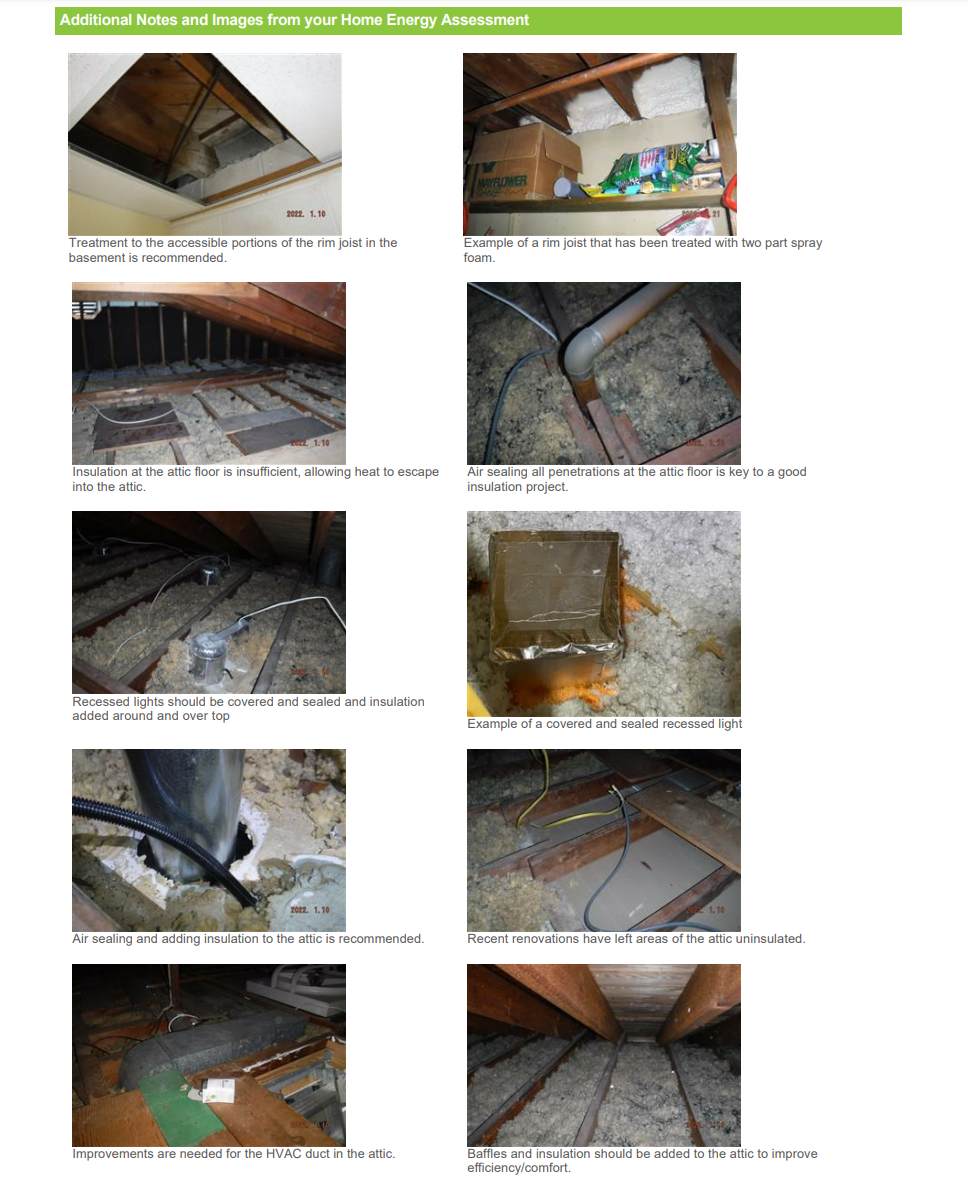Residential Comfort & Energy EfficiencySunday, February 04 2024
As a former window contractor turned certified energy auditor, my journey has been filled with many "real-life" learning lessons. This intriguing sixteen-month tale underscores a crucial aspect of home improvement — window replacement and its impact on home comfort. The exciting revelations unfold over three pivotal stages, each marked by a blower door test, a method used to measure a home's air tightness.
I hope this story may change how you prioritize your next home improvement project. The First Revelation – Conducting the AssessmentIn January 2022, I did a comprehensive home energy audit for a lovely young couple in Silver Spring, Maryland. The homeowners were convinced their drafty, cold experience was due to leaky windows, a notion that resonated with my past teachings as a window contractor.
Armed with new expertise and tools, I set out to find the root causes of their complaints. After a visit to the attic, it was not a surprise that the home’s initial blower door test reading was a staggering 4187 CFM (cubic feet per minute). The homeowner was especially intrigued when the front window, reportedly the coldest area of the house, did not seem to be leaking nearly as much air as the recessed light in the hallway.
Air flowed out of every crack and crevice at the top of the basement wall, and the pull-down stair cover, which had been in place since the 1980s, did little to nothing to stop the air from streaming in during the test.
A follow-up report highlighted several significant gaps in the attic with photos and recommended measures for improving their home's energy performance. Section 2: The Second Test - A Lesson in Air SealingFast forward one year later - to January 2023. The couple, now parents, reached back out, ready to seal and insulate the attic and basement. The timing worked out, and we got it done before installing the new windows they had on order. Once my work was done - I decided to take another reading. The results were astonishing — a 51% reduction in air leakage, with the air leakage number dropping to 2042 CFM. This dramatic change is a testament to the sometimes overlooked and often-underestimated value of proper air sealing and insulation over window replacements for improving comfort and efficiency.
WATCH THE FULL PODCAST EPISODE ON YOUTUBE
Section 3: The Final Assessment - Post-Window ReplacementA commitment to empirical evidence brought me back to the house once the new windows were in place. It was time for the final blower door test to see how well the new windows sealed the house. The overall air leakage number was again reduced to 1805 CFM, translating into a 6% decrease from the initial reading. This comparison (51% vs. 6%) provided a quantifiable insight into the impact of window replacement on a home's air tightness and comfort.
Conclusion: Rethinking Window ReplacementReplacing windows may not be the solution for home comfort that many assume. While they can enhance aesthetics, improve functionality, and offer other benefits, they play a more minor role in energy conservation than one might think. The key takeaway from my experience is simple: prioritize air sealing and insulation for comfort and consider window replacement for other values. Home improvement is as much about the unseen as the seen, and a well-informed decision can lead to a beautiful and comfortable living space. If you've enjoyed this revelation and wish to hear more about such home comfort tactics, tune into the podcast episode or visit us at hometrustremodeling.com. Let's open the windows to a new perspective and breeze into a future of informed home enhancements.
Questions are welcome, and I would love to know if this article has helped you. eric@hometrustremodeling.com |
Hometrust Remodeling
Proudly working in BGE & Pepco's Home Performance w/ ENERGY STAR program in Maryland to deliver whole-house energy savings to improve comfort & help protect the environment.
2025 Hometrust Remodeling | All Rights Reserved
An Energy Auditor's Purpose
"Energy auditors visit residential buildings and talk to owners and residents. They inspect, test, and measure to decide what energy-efficient retrofits are practical and cost-effective." Residential Energy















